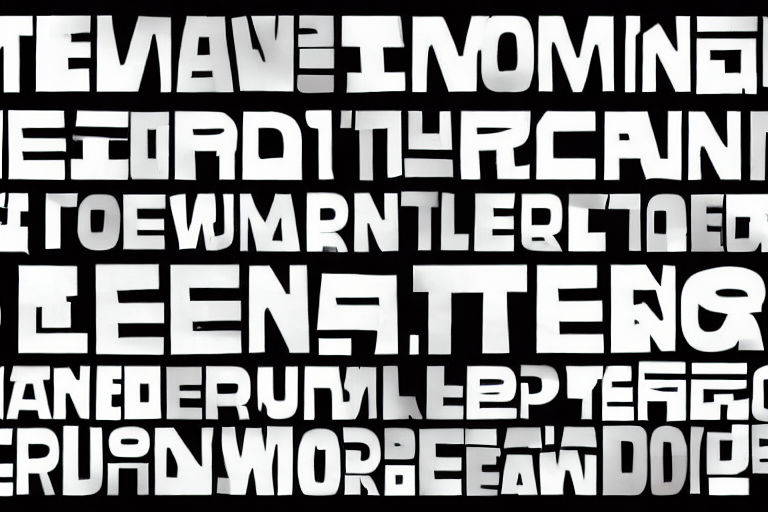Image Classification with Convolutional Neural Networks in Keras
As the world becomes more visual, the need to classify and categorize images has become increasingly important. Convolutional Neural Networks (CNNs) have been demonstrated to be highly effective in classifying images for a variety of applications such as object recognition, face recognition, and even self-driving cars.
What are Convolutional Neural Networks?
CNNs are a type of neural network that are specifically designed to work with visual data such as images. Traditional neural networks treat input data as a one-dimensional array of values, whereas CNNs operate on two-dimensional arrays – essentially images.
CNNs use a process called convolution to extract features from images, which involves sliding a small filter over the entire image and computing a dot product between the filter and small portions of the image. The result is a set of feature maps that represent important parts of the image. These feature maps are then fed into a series of fully connected layers to classify the image.
Why use Keras?
Keras is a user-friendly neural network library written in Python that makes it easy to build and train deep learning models. It offers a high level of abstraction, allowing developers to build models quickly and easily without worrying too much about the implementation details.
Keras is highly compatible with TensorFlow, one of the most widely used deep learning frameworks. This makes it an ideal choice for building CNNs, as it provides a high-level API for building and training these types of models.
Steps to build a CNN in Keras
- Import the necessary libraries:
from keras.models import Sequential
from keras.layers import Conv2D, MaxPooling2D, Flatten, Dense- Build the model architecture:
model = Sequential()
model.add(Conv2D(32, (3,3), activation='relu', input_shape=(64,64,3)))
model.add(MaxPooling2D((2,2)))
model.add(Conv2D(64, (3,3), activation='relu'))
model.add(MaxPooling2D((2,2)))
model.add(Flatten())
model.add(Dense(64, activation='relu'))
model.add(Dense(1, activation='sigmoid'))- Compile the model:
model.compile(optimizer='adam', loss='binary_crossentropy', metrics=['accuracy'])- Train the model:
model.fit(train_data, train_labels, epochs=10, validation_data=(test_data, test_labels))Conclusion
Convolutional Neural Networks are a powerful tool for image classification, and Keras provides a user-friendly interface for building these kinds of models. By following the steps outlined above, you should be able to build your first CNN in Keras and classify your own images with ease.



